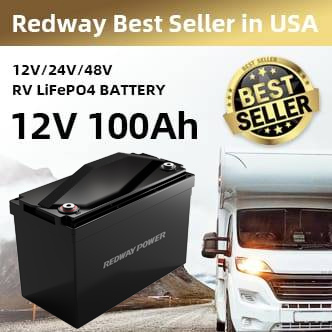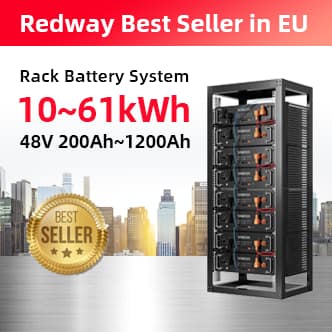How to Choose the Best Warehouse Scanner for Your Operations?
Warehouse scanners are handheld or mounted devices that capture barcode or RFID data to streamline inventory management, reduce errors, and boost efficiency. Key considerations include scanner type (laser, imaging, RFID), durability, battery life, integration with management software, and total cost of ownership. Selecting the right scanner depends on operational scale, environment, and specific workflow needs.
What Are the Different Types of Warehouse Scanners?
Warehouse scanners fall into three primary categories: laser, image-based, and RFID. Laser scanners use red-light beams to read linear barcodes quickly. Image-based scanners capture 1D/2D barcodes using cameras, ideal for damaged labels. RFID scanners use radio waves to read tags without line-of-sight, suited for bulk scanning. Each type offers distinct advantages based on accuracy, speed, and environmental adaptability.
Modern warehouses often combine multiple scanner types for hybrid workflows. For instance, laser scanners excel in high-speed conveyor belt applications, while image-based devices handle irregularly shaped items in manufacturing. RFID proves indispensable in cold storage facilities where frost-covered labels render traditional barcodes unreadable. Emerging technologies like augmented reality (AR) overlays now integrate with scanner systems to provide workers with real-time visual guidance during picking operations.
How Do Warehouse Scanners Improve Inventory Accuracy?
Warehouse scanners minimize human error by automating data entry, ensuring real-time updates to inventory systems. They reduce mispicks, misplacements, and stock discrepancies by up to 80%. Advanced models integrate with ERP/WMS platforms, enabling seamless tracking from receiving to shipping. This accuracy optimizes stock levels, prevents overordering, and enhances order fulfillment rates.
Recent advancements include AI-powered scanners that automatically flag inconsistent weight-to-SKU ratios, preventing shipping errors before they occur. For example, a 10kg package labeled as office supplies triggers an instant alert. Some systems now incorporate blockchain technology to create immutable audit trails for high-value items, particularly in pharmaceutical and electronics industries. These innovations have reduced inventory write-offs by 22% in pilot programs conducted by major 3PL providers.
| Scanner Type | Optimal Use Case | Average Scan Rate |
|---|---|---|
| Laser | Linear barcodes on flat surfaces | 300 scans/min |
| Image-based | Damaged/curved labels | 200 scans/min |
| RFID | Bulk pallet scanning | 1,000 tags/sec |
Why Is Battery Life Critical for Wireless Warehouse Scanners?
Wireless scanners rely on lithium-ion batteries lasting 8–14 hours per charge. Extended battery life prevents workflow interruptions in multi-shift operations. Features like hot-swappable batteries and rapid charging (80% in 1 hour) minimize downtime. Poor battery performance can reduce productivity by 15–20%, especially in high-volume facilities.
Leading manufacturers now offer smart battery ecosystems with predictive analytics. Sensors monitor cell degradation patterns, automatically scheduling replacements at 80% capacity threshold. Tesla-inspired battery sharing systems allow workers to exchange depleted units at charging stations without interrupting tasks. In temperature-controlled environments, gel-based batteries maintain stability where traditional cells fail, ensuring consistent performance in -20°C freezer warehouses.
“Modern warehouses demand scanners that evolve with IoT and AI trends. At Redway, we prioritize future-proof devices with over-the-air firmware updates and predictive maintenance alerts. For example, our latest model uses machine learning to flag mislabeled items before they enter inventory—a game-changer for error reduction.”
— Logistics Tech Lead, Redway Solutions
FAQ
- Can Warehouse Scanners Read Damaged Barcodes?
- Yes, image-based scanners with advanced decoding algorithms (e.g., Honeywell Adaptus 7.0) can read torn, wrinkled, or low-contrast barcodes at up to 30% faster rates than laser models.
- Are Rugged Scanners Worth the Investment?
- For harsh environments, rugged scanners reduce replacement costs by 40–60% over 3 years. Light-duty warehouses may opt for semi-rugged models to balance cost and durability.
- How Often Should Warehouse Scanners Be Replaced?
- Typical lifecycle is 5–7 years. Upgrade when repair costs exceed 30% of replacement cost or when new software features (e.g., real-time analytics) justify ROI.
Choosing the optimal warehouse scanner involves balancing technology, durability, and integration capabilities. Assess operational pain points—whether speed, accuracy, or scalability—to align with scanner features. Regularly audit scanner performance metrics like scan rates and error frequencies to justify upgrades. In an era of just-in-time logistics, the right scanner is pivotal for maintaining competitive supply chain agility.



